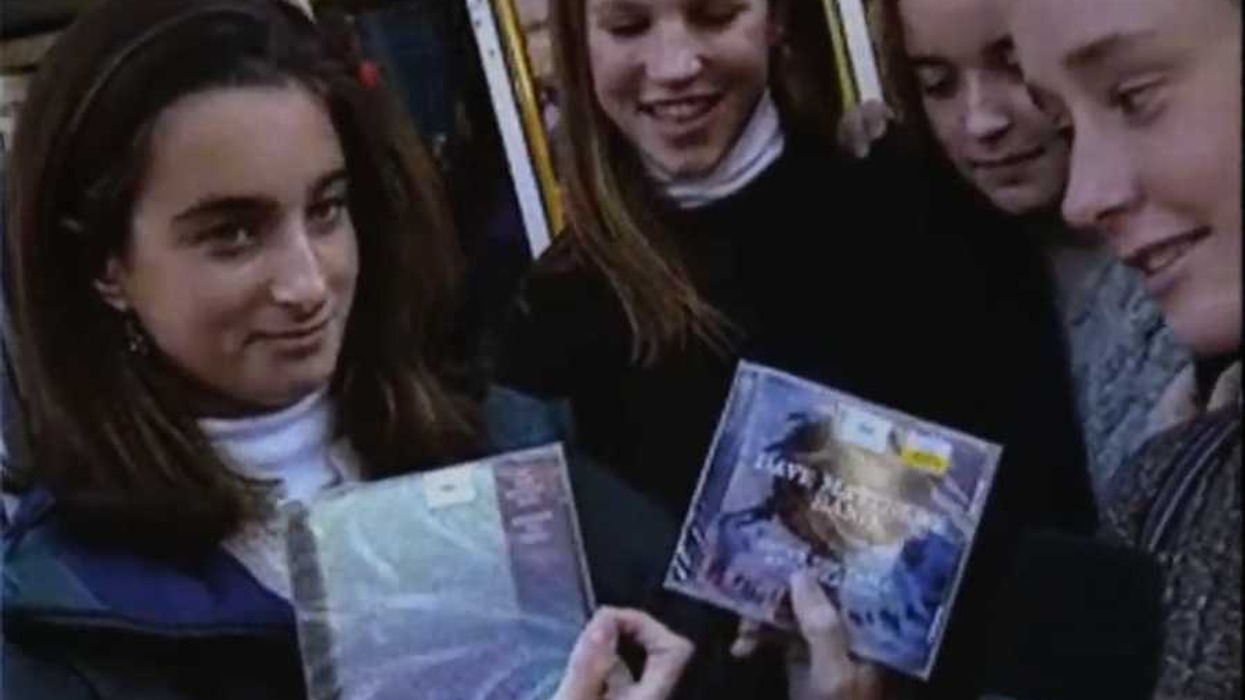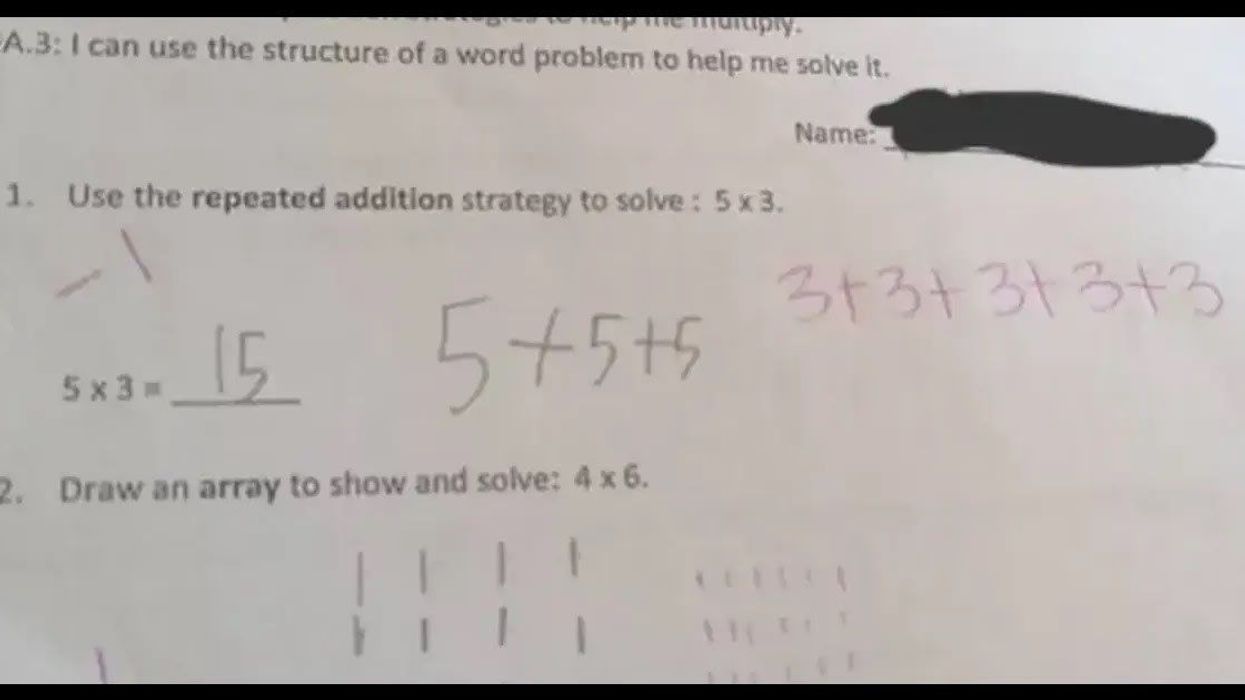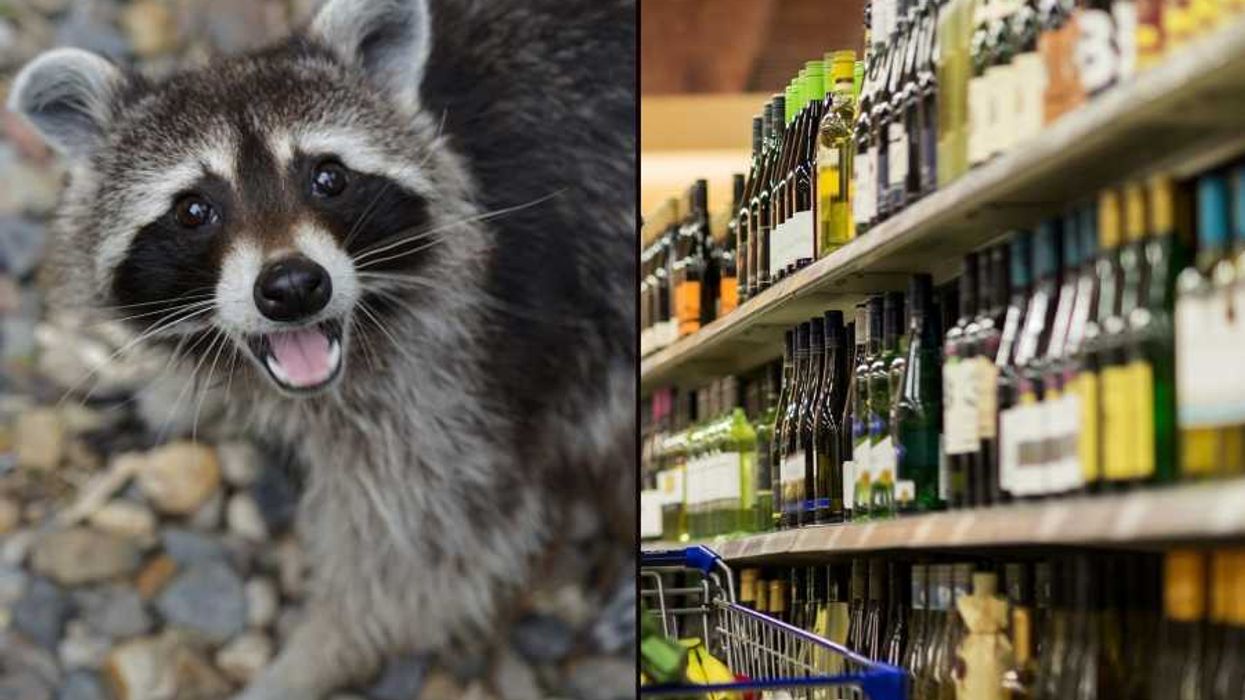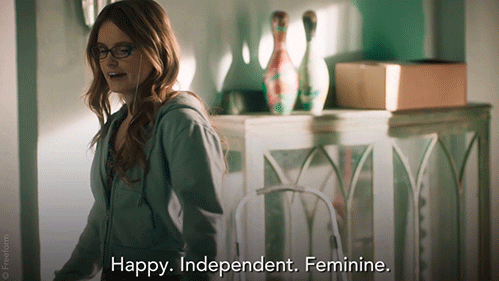Huy Fong’s Sriracha sauce, known by many as “rooster sauce” because of the bird on its iconic green-capped bottle, has exploded in popularity over the past decade. Created in 1980 by Vietnamese refugee David Tran, the sauce grew from being popular among immigrant communities to mainstream success after Bon Appetit named it 2009’s ingredient of the year. Today, Huy Fong’s Sriracha sauce sells over 20 million bottles a year, raising the obvious question, how do they make the stuff?
Huy Fong’s Sriracha sauce is made in a 650,000 square-foot factory just outside of Los Angeles in Irwindale, California. The ingredient that gives the sauce its flavorful heat is the red jalapeno hybrid pepper. Huy Fong has over 100 million pounds of the pepper delivered to its factory every year.
The sauce is never cooked, instead the fresh chillies are ground into a mash that’s piped into industrial mixers and combined with vinegar, salt, and preservatives to form a base. The paste is stored in large barrels until its ready to be bottled. Then its pumped into a second mixing station where garlic and sugar are added. After the sauce is ready, its bottled in the same factory, and shipped out to grocery stores and restaurants all over the world.


















 Image artifacts (diffraction spikes and vertical streaks) appearing in a CCD image of a major solar flare due to the excess incident radiation
Image artifacts (diffraction spikes and vertical streaks) appearing in a CCD image of a major solar flare due to the excess incident radiation

 Ladder leads out of darkness.Photo credit
Ladder leads out of darkness.Photo credit  Woman's reflection in shadow.Photo credit
Woman's reflection in shadow.Photo credit  Young woman frazzled.Photo credit
Young woman frazzled.Photo credit 
 A woman looks out on the waterCanva
A woman looks out on the waterCanva A couple sits in uncomfortable silenceCanva
A couple sits in uncomfortable silenceCanva Gif of woman saying "I won't be bound to any man." via
Gif of woman saying "I won't be bound to any man." via  Woman working late at nightCanva
Woman working late at nightCanva Gif of woman saying "Happy. Independent. Feminine." via
Gif of woman saying "Happy. Independent. Feminine." via 
 Yonaguni Monument, as seen from the south of the formation.
Yonaguni Monument, as seen from the south of the formation. 
